How to Plan an Unforgettable Safari Trip in Kenya: A Detailed Guide
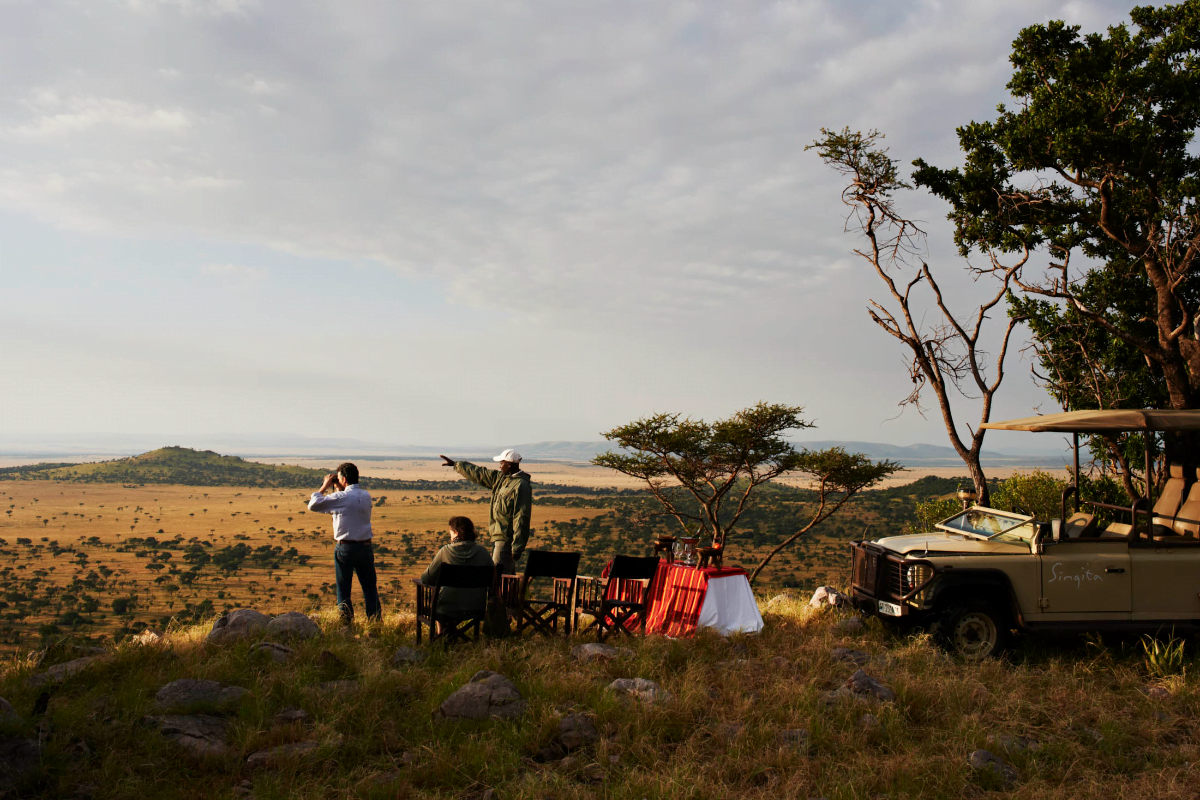
- By Karim Hassan
- Reviewed by Sophia Rose
- February 26, 2024
- Adventure
Ever wanted to see a lion or an elephant up close? Not in a zoo, but in the wild, where they roam free. You can in Kenya– it’s home to some of the most diverse wildlife on the planet, making it a top destination for safari trips.
Planning a trip to a place like Kenya can be a bit tricky. There’s a lot to think about – where to go, when to go, what to bring, and lots of other questions.
But don’t worry, this blog is here to help. I’ll show you how to plan a safari trip in Kenya. So, come along, and let’s start this fun journey together!
Table Of Content
Best Time to Plan a Safari Trip in Kenya
Understanding Kenya’s Climate
Kenya’s climate is primarily tropical, which means it’s warm all year round, with slight variations in temperature throughout the year. The country has two distinct seasons: the dry season and the rainy season.
The dry season, which runs from June to October and January to February, is generally considered the best time for wildlife viewing as animals congregate around water sources, making them easier to spot.
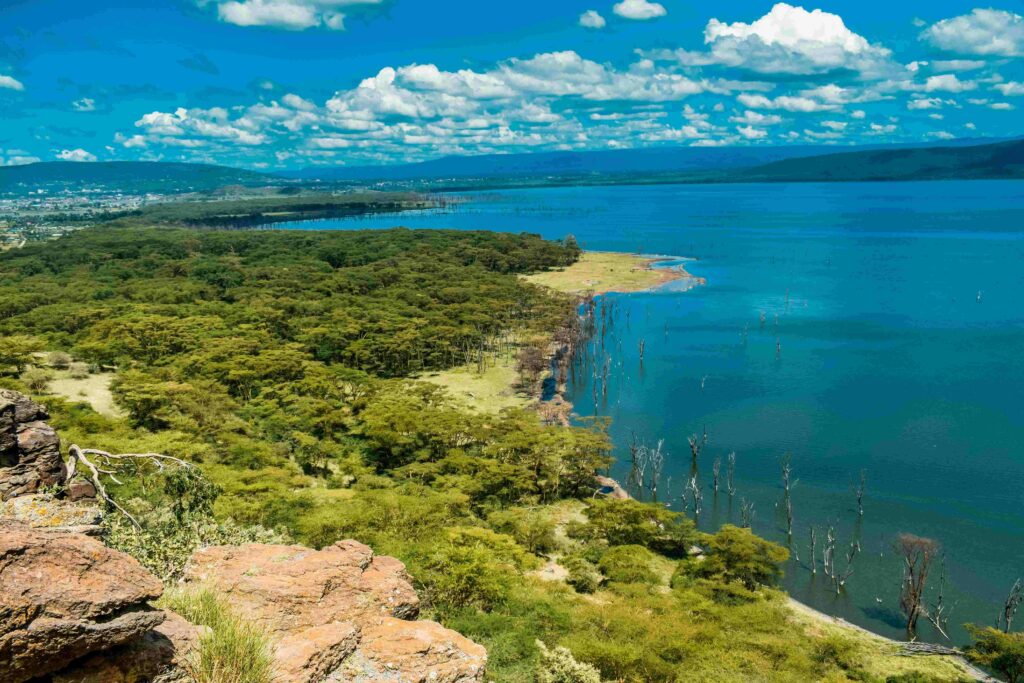
The rainy season, on the other hand, is characterized by short rains in November and December and long rains from March to May.
Wildlife Viewing Seasons
The wildlife viewing season in Kenya largely depends on the migration patterns of the animals. The most spectacular wildlife event, the Great Migration, occurs from July to October when millions of wildebeest, zebras, and gazelles move from Tanzania’s Serengeti to Kenya’s Maasai Mara in search of fresh grazing.
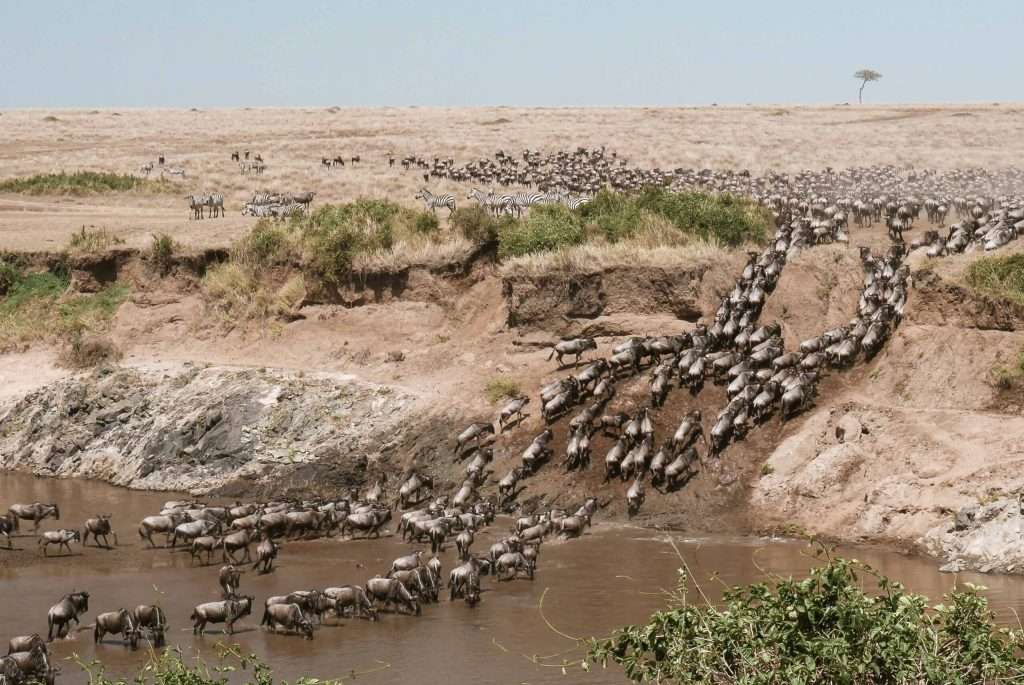
This mass movement of animals attracts a host of predators and results in dramatic river crossings, making it a prime time for wildlife viewing. However, Kenya’s diverse ecosystems mean that excellent wildlife viewing opportunities exist year-round.
For instance, elephants can be seen throughout the year in Amboseli National Park, while the dry months are the best time to spot predators in Tsavo. Ultimately, the best time to plan your safari will depend on what you want to see and experience.
Choosing the Right Safari Park in Kenya
Overview of Top Kenyan Safari Parks
Kenya is home to a plethora of safari parks, each offering unique experiences and diverse wildlife. Here are some of the top safari parks in Kenya:
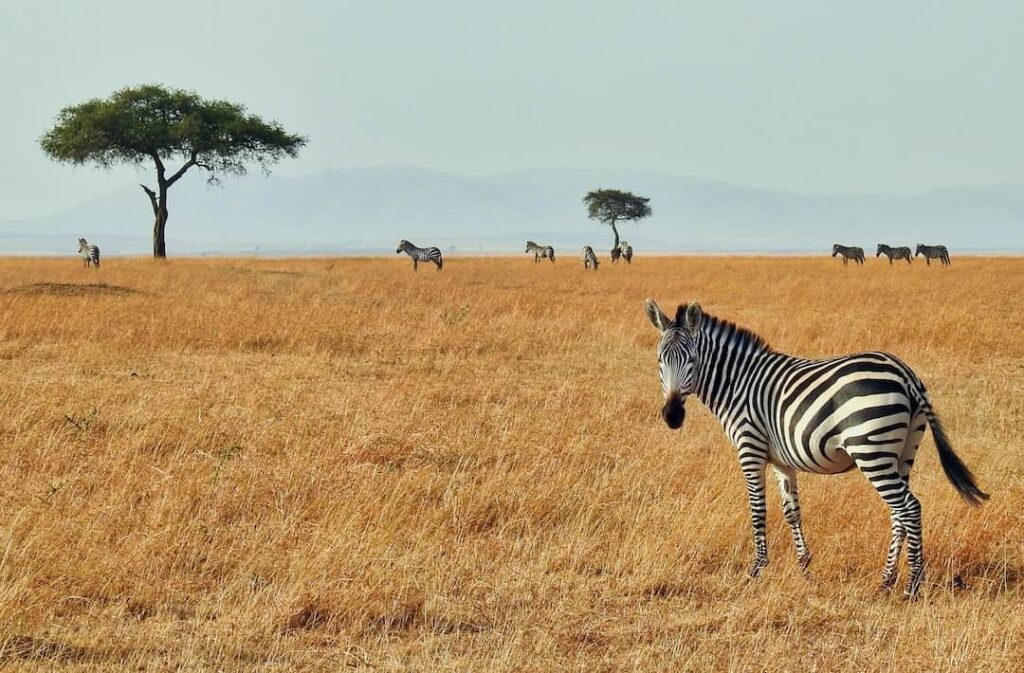
- Maasai Mara National Reserve: Known for its breathtaking landscapes and the Great Migration, where millions of wildebeest, zebra, and gazelle move between Kenya and Tanzania.
- Samburu National Reserve: This remote reserve in northern Kenya offers a unique landscape and is home to the Samburu Special Five, a collection of unique animals endemic to northern Kenya.
- Amboseli National Park: Famous for its stunning views of Mount Kilimanjaro and large herds of elephants.
- Lake Nakuru National Park: Known for its huge flocks of flamingos and diverse wildlife including white rhino, warthog, giraffe, hippo, ostrich, and lion.
- Tsavo East and West National Parks: These twin parks are one of the oldest and largest parks in Kenya, offering diverse habitats and a vast array of wildlife.
What Each Park Has to Offer
Each park in Kenya offers a unique safari experience:
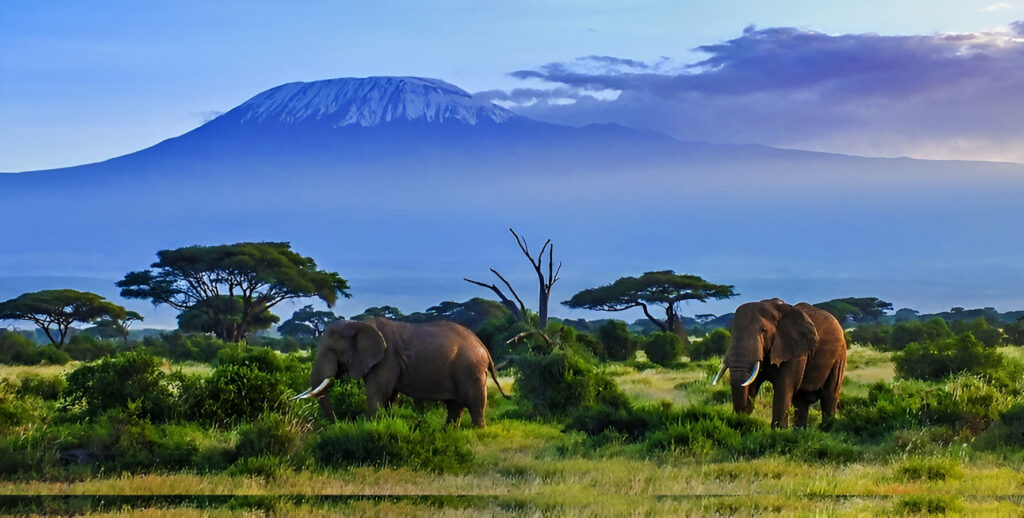
- Maasai Mara National Reserve: Offers the opportunity to witness the Great Migration and is home to a healthy big-cat population, making it a prime destination for wildlife viewing.
- Samburu National Reserve: Apart from the unique wildlife, the reserve offers stunning landscapes with lofty mountain escarpments and the Ewaso Ng’iro River.
- Amboseli National Park: Provides breathtaking views of Mount Kilimanjaro and the chance to see large herds of elephants up close.
- Lake Nakuru National Park: Famous for its huge flocks of flamingos. The park is also home to a variety of wildlife including white rhino, warthog, giraffe, hippo, ostrich, and lion.
- Tsavo East and West National Parks: Known for their diverse habitats and wildlife. The parks are particularly good for spotting predators.
Planning Your Safari Itinerary
How Many Days to Spend on Safari
The number of days to spend on a safari in Kenya can vary greatly depending on your interests and the time you have available. As a general rule, a safari of 7 to 10 days allows you to visit several parks and reserves and enjoy a variety of experiences without feeling rushed.
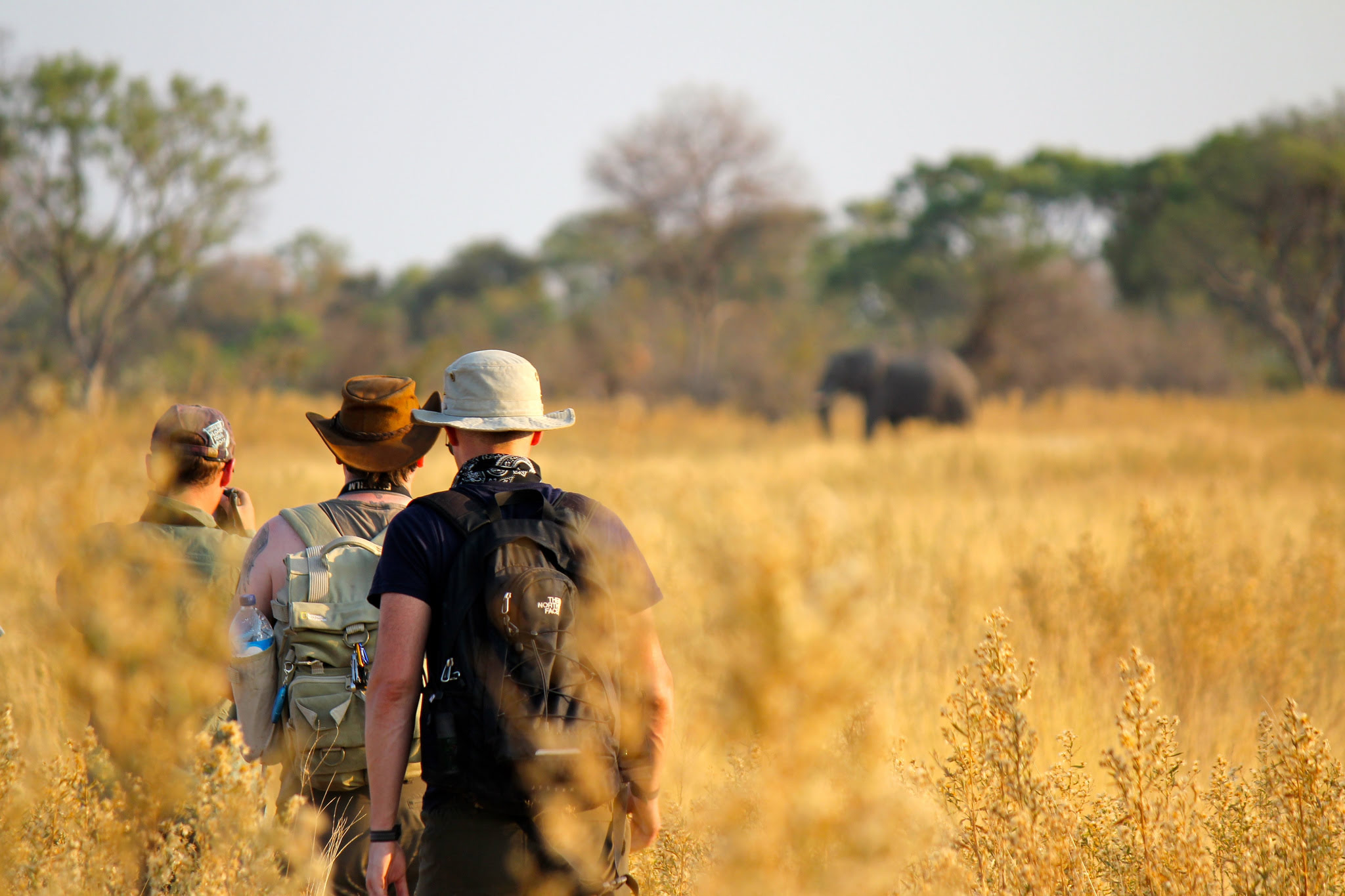
If you have less time, a 3 to 5-day safari can still offer a rewarding experience, especially if you focus on one or two key areas.
Remember, the quality of your safari experience is not just about the quantity of what you see, but also about the pace of travel and the depth of your engagement with the environment and wildlife.
Balancing Game Drives and Downtime
While game drives are the highlight of any safari, it’s important to balance them with downtime. Spending 4-6 hours a day on game drives usually provides ample wildlife viewing opportunities.
The rest of the day can be spent relaxing at your lodge or camp, enjoying the amenities, and soaking in the natural beauty of your surroundings. Some lodges also offer additional activities such as nature walks, cultural visits, or night drives.
Budgeting for Your Safari Trip
Understanding Safari Costs
The cost of a safari trip in Kenya can vary greatly depending on several factors. These include the length of your stay, the type of accommodation (luxury lodge, mid-range hotel, or budget camp), the number of parks you visit, and the time of year.

On average, you can expect to pay anywhere from $150 to $800 per person per day for a safari in Kenya. This typically includes accommodation, meals, game drives, park fees, and sometimes even transporting between parks.
It’s important to note that while safaris can be expensive, they offer an unparalleled experience that is often worth every penny.
Tips for Saving Money on Your Safari
While a safari trip can be a significant investment, there are ways to make it more affordable:
- Travel during the off-peak season: The cost of accommodation can be significantly lower during the rainy season. Plus, the parks are less crowded.
- Choose budget accommodation: Consider staying in budget camps or lodges. They offer a more rustic experience, but they’re also more affordable.
- Join a group safari: Joining a group safari can be more cost-effective than a private safari as costs are shared among the group.
- Book in advance: Some tour operators offer discounts for early bookings.
- Limit the number of parks you visit: Park fees can add up, so consider focusing on one or two key areas.
Packing for a Safari in Kenya
Essential Items to Pack
Packing for a safari in Kenya requires careful planning to ensure you have everything you need for your adventure. Here are some essential items to pack:
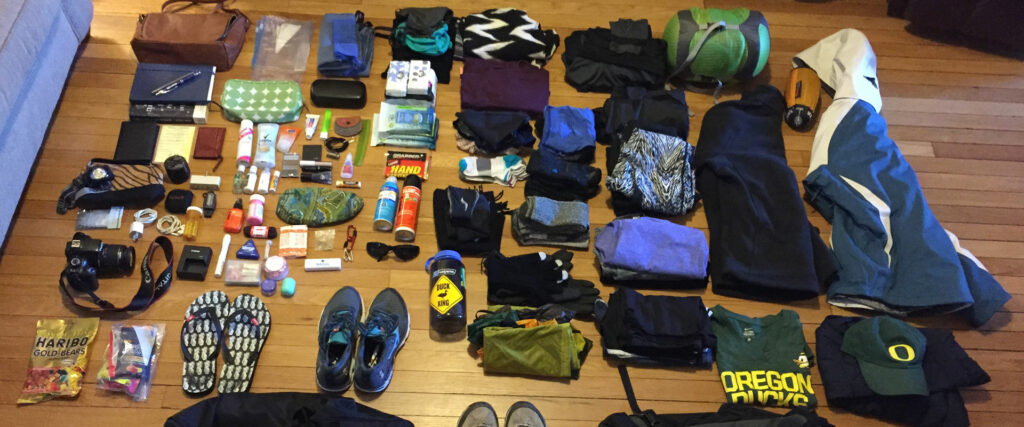
- Clothing: Pack lightweight, breathable clothing in neutral colors. Avoid bright colors as they can attract insects and scare off animals.
- Footwear: Comfortable walking shoes or hiking boots are a must.
- Hat and Sunglasses: Protect yourself from the sun’s harsh rays.
- Sunscreen and Insect Repellent: Essential for protecting your skin from the sun and insects.
- Binoculars: For a closer look at the wildlife.
- Camera and Extra Batteries: To capture the unforgettable moments.
- First Aid Kit: Include basics like band-aids, antiseptic wipes, and any prescription medications.
- Reusable Water Bottle: Staying hydrated is crucial.
What to Wear on Safari
When it comes to what to wear on a safari in Kenya, comfort and practicality are key. Here are some tips:
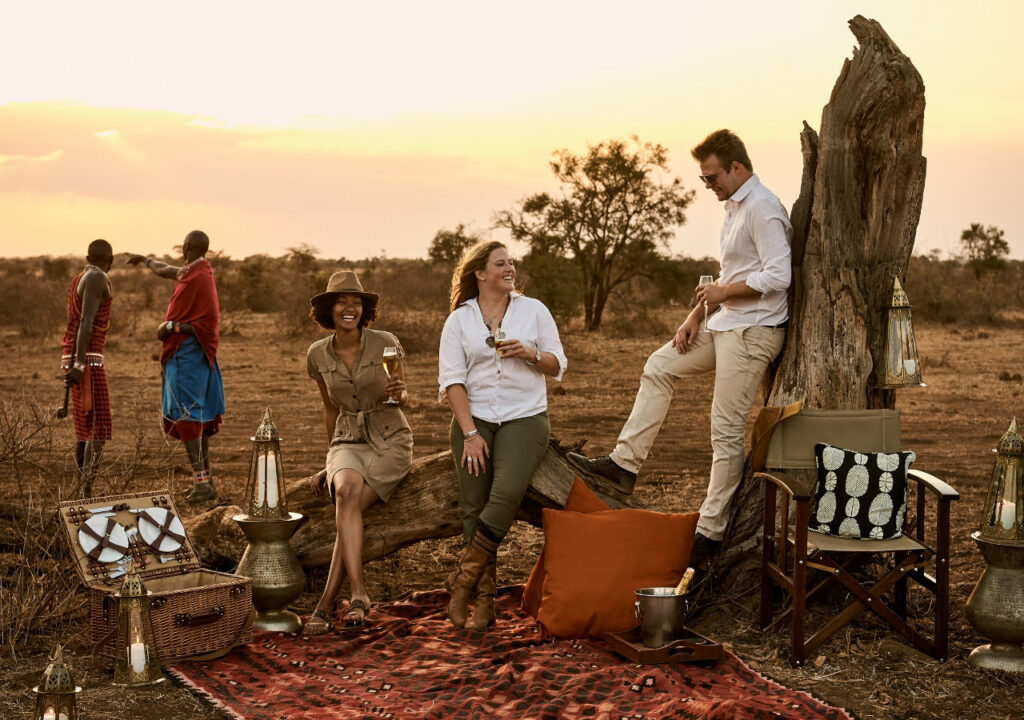
- Layers: Temperatures can vary greatly from day to night, so dressing in layers is a good idea.
- Neutral Colors: Stick to neutral colors like khaki, green, and brown. These colors are less likely to attract insects and won’t scare off animals.
- Long Sleeves and Pants: These not only protect you from the sun but also help prevent insect bites.
- Comfortable Footwear: You’ll likely be doing a lot of walking, so comfortable shoes are a must.
- Hat and Sunglasses: A wide-brimmed hat and sunglasses will provide protection from the sun.
Combining Safari with a Beach Holiday
The Beautiful Coastline of Kenya
The Kenyan coast is lined with gleaming white sands, from the resort beaches of Mombasa to the ancient Swahili city of Lamu. The shoreline, bordered by swaying palm trees on one side and the warm waters of the Indian Ocean on the other, is home to stunning coral reefs.

Recommended Beach Destinations
Kenya’s coastline offers a variety of beach destinations, each with its unique charm
- Diani Beach: Known for its long stretch of soft, powder-white sand, and an excellent choice of hotels, hostels, and serviced beach villas. It’s popular for beach activities, including standup paddleboarding, kitesurfing, kayaking, and deep-sea fishing.
- Galu Beach: A more secluded and less developed patch of sand south of Mombasa. It’s home to Kaya Kinondo Sacred Forest, the last remaining jungle on the Kenyan coast.
- Mombasa: As East Africa’s largest port, Mombasa has been shaped by new arrivals from around the world for centuries. The beaches around Mombasa can get busy, but they’re unlikely to feel truly crowded.
- Malindi: Offers a blend of history, culture, and nature. You can explore the rich heritage of the town, where Portuguese explorer Vasco da Gama met the King of Malindi in 1498.
Going on a safari in Kenya is like the coolest adventure you could ever have. It’s like stepping into a world where nature is the boss. You get to see awesome animals living free and wild, and you also get to learn about the cool culture of Kenya and meet really friendly people. Start planning and have fun.
So, don’t worry if you’re new to traveling or an old hand at it. Gold Coast XP is here with its epic tours, events full of fun, loads of awesome activities, and more for you to book. Get ready for the adventure and let Africa’s cool wildlife blow your mind.
